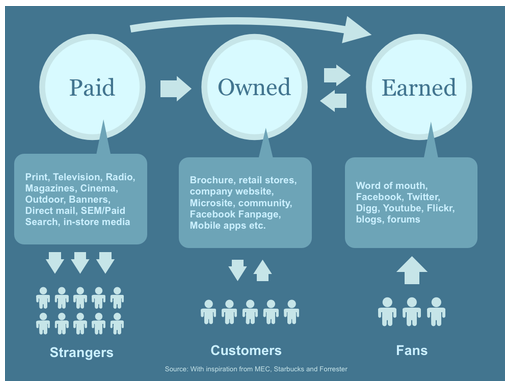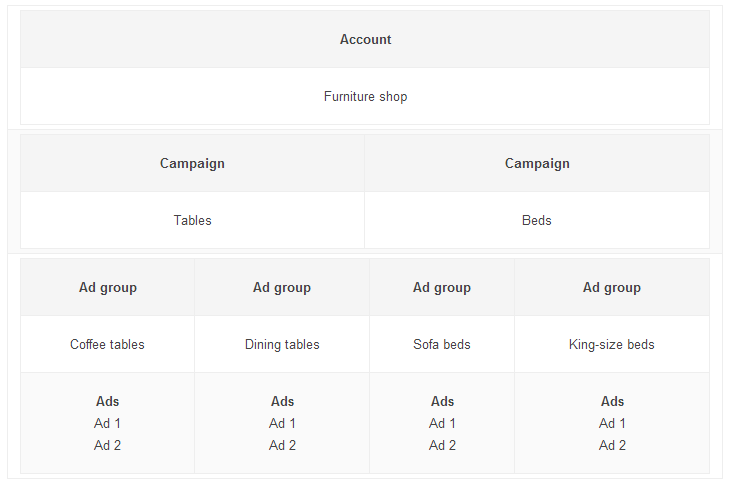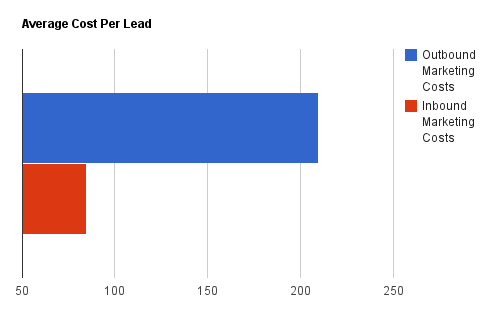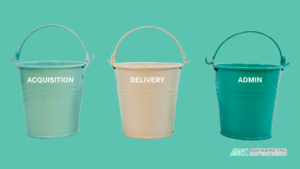If you haven’t heard by now, Google has made some major changes in the last few years to the way it serves up results on the SERP (search engine results page). The demand for ‘above the fold’ or what loads on your screen is getting higher and higher. The most recent of which was it’s Hummingbird update, that attempt to provide more of a contextual result versus strictly keywords based result.
What exactly does that mean?
Well, for starters, they are eliminating the organic keyword results you see in Google Analytics, and instead it is being replaced by ‘Not Provided’ Results.
Google’s stated mandate has always been to provide the best search results possible, and believe it or not this actually extends to their advertising product too. Now don’t get me wrong, if you’re willing to spend a ridiculous amount of money per keyword, you’ll rank at the top or near the top of the ads so long as your ad score is great than 3/10 (but more on ad score later).
Google has stated this is for security – to not pass on the search terms to the end user website. However, as a PPC company and an SEO company this same security apparently doesn’t apply to PPC Advertising. The users who are using AdWords still have access to this data. So if you’re willing to pay for it, you can access the keyword data that people are using to find your products.
This is an interesting time…
I can tell you from experience that this is an interesting time to increase your visibility online. The online world is always changing, and social media is always growing and providing new tools to access consumers, so the question always becomes where do you focus your efforts?
Paid, Earned & Owned
Have you heard of the Paid, Earned and Owned theory of online visibility? If not, here it is (I first read about this theory at Social Media Today):
It most accurately depicts a good solid approach to your online visibility strategy. Simply put, Paid is advertising, Owned is your online assets (website, apps, etc.) and Earned is your fans and people talking about you. So where do you focus your efforts?
Let’s Start With Budget Allocation
This is assuming you have a website, and an online presence, and a New York SEO company working hard for you. If not, start there. To help drive traffic to a client’s Owned assets, we recommend a mixed approach starting with Paid advertising. Take 1/3 of your budget, and apply it to PPC marketing, specifically Google AdWords. Why Google Adwords? There are other products out there, but the reality is with 80+ percent of the traffic, there’s really only one player. Now what to do with the other 2/3 of your budget? We recommend a mixture of Earned and Owned strategies to eventually offset the PPC budget allocation. Paid results get you action today, whereas the Earned and Owned allocations are a long term (or long-tail) approach to your marketing that will continue to pay off in the long run.
Back to PPC
So here’s the thing about Google Adwords. You can do it yourself, and lots of people do but like any tool, you have to be careful when you’re using it because it can wreck things if not used correctly (things like your COO’s hairline). AdWords has the unprecedented ability to get your name in front of your target consumers all day, every day, and you can literally spend millions of dollars to have that privilege. But unlike any tool you’ve previously used, this tool takes your money and allocates it for you with your direction. All of the defaults are set up so you can utilize the widest range of possible options, and reach the largest number of people (on as many devices) as possible. For example, if you target all of the United States, your targeting 422,000,000 platforms:
According to the US Census Bureau the population of the United States is around 315,000,000. So there’s an extra 107,000,000 people / devices you can target.
So You Should Narrow It Down
And there are lots of options to do so. You should set up a good account structure: Account first, then Campaign, then Ad Group, then Ads, with Keywords driving the whole operation. Here’s an example of a good ad structure:
The format should obviously be changed to match your business, and you can set up campaigns geographically to serve different locations, but the basic structure should mirror your site design.
The Relationship Between Cost and Quality
A key fundamental that most people don’t understand when building an account is their Quality Score. What is Quality Score? Google takes a look at the ad text, the targeted keyword, and the landing page on your site and assigns you a score. If you were the furniture company from the example above, and started advertising for Disney Vacations, you would have a very low quality score. If you were advertising coffee tables, your quality score would be much higher.
A high quality score (out of 10) means your ads, landing page and keywords are more relevant to what the consumer is searching for. As a reward, Google actually charges you less for having a relevant result. The quality score will affect where on the SERP your ad shows, as the price per ad. So you can have a better ad, with a better landing page, and bid less than a competitor yet still show up higher than they do on the page.
What Really Matters
Budget
As I mentioned previously, budget allocation is the first step. If you’re not familiar with AdWords, think of a newspaper. If you are trying to go head to head with the largest competitors in your field, it’s like trying to get onto the front page of the New York Times in it’s heyday. You can do it, but you’ve got to be willing to pay a ton! So let’s start there. How do you figure out what you can, or should, pay?
What is your estimated cost per lead?
There are three main factors to consider:
- Lead conversion rate
- Profit per customer
- Target ad profit margin
So, your max bid for any one keyword should be:
Bid = (profit) x (1-profit margin) x (lead conversion rate)
Lets say your average order size is $1000, and your average profit margin is $300 (or 30%), and you convert 1 out of every 100 leads you receive. This means you have a 1% conversion rate. So using the formula above:
Bid = $300 x (1-0.30) x 1% = $2.10
So you would be willing to pay $2.10 per lead. Hopefully your max bid is in the neighborhood of the estimated first page cost per click in Google AdWords.
Your Unique Selling Proposition
Along with a great website, and a killer landing page that answers the question: “Why would I want do do business with you instead of the 1000’s of other companies out there that appear to do the exact same thing you do?” you should have a unique selling proposition.
How do you develop such a thing? Ask your current customers, and then listen to them. Ask why they do business with you, what they dislike about the industry, and ask them what they wish you could provide in addition to your core products or services. Then, study your competitor’s ads. Google the terms you’re going to advertise for, and fill the holes your competitors are leaving open. Do some research to see what will make you stand out.
Once you have developed your position in the marketplace, design your site, messaging and ads around this. Our process is usually to work backwards hand-in-hand with the unique selling proposition. From landing page, to ads, to keywords while taking into account what makes you different and your available budget allocation.
This Is Only The Beginning
Google is a public FOR PROFIT company. They have owners (shareholders) who are expecting growth and consistent returns over time. The AdWords product is their biggest money maker, and they will continue to shift focus onto that product and create new offerings over time to compliment it.
The reality is though, more and more search engine results real estate is being taken up by ads, and it will continue to get more difficult to stand out from the crowd. A lot of money will be wasted by advertisers who don’t target the right keywords, network (display versus search), devices (with mobile bid adjustments), and don’t track any of it properly.
We’ll continue to share information about how to avoid pitfalls and optimize your campaigns, and I wish you all the best in your AdWords efforts. If there’s ever anything we can do, please don’t hesitate to get in touch!
Happy Marketing!
Dave Burnett
About The Author
Marketing Team
The AOK Marketing Team is a diverse group of amazing individuals driven to help all of our clients succeed. Great people are everywhere, and we believe that people should control their workday, their work environment, and where they live. We have team members in 9 countries: United States, Canada, Egypt, Belgium, Ireland, Australia, India, Pakistan, and Hong Kong.
How can we help you?









